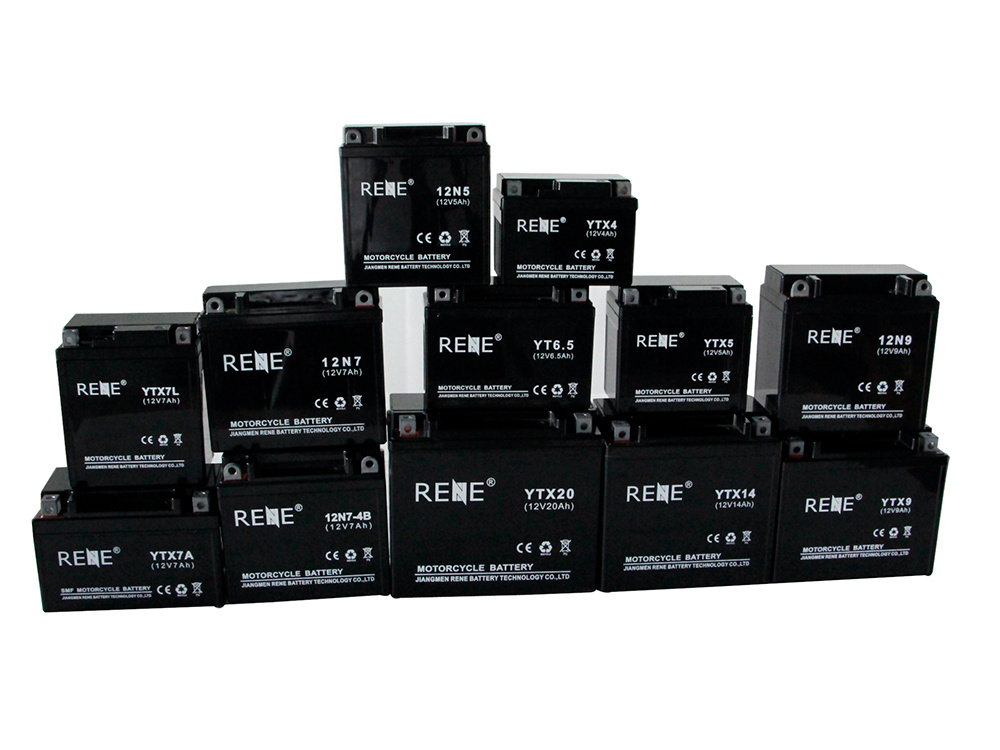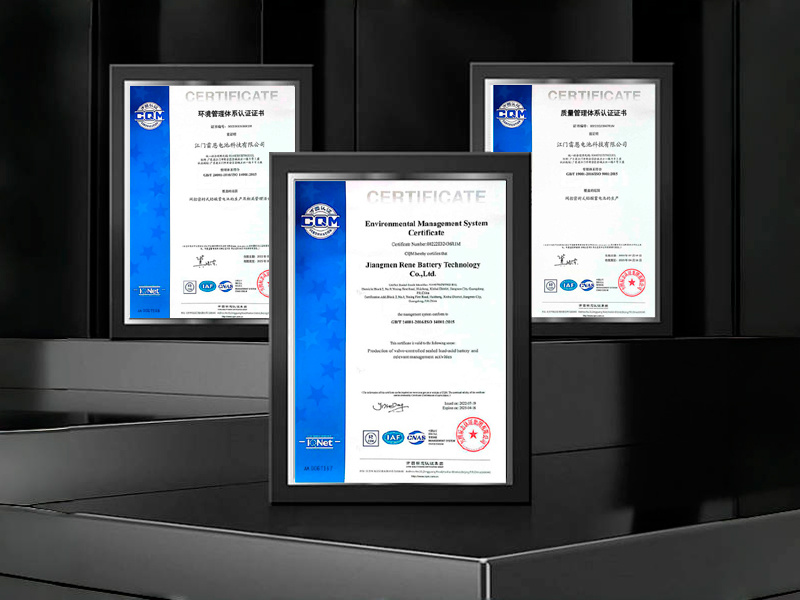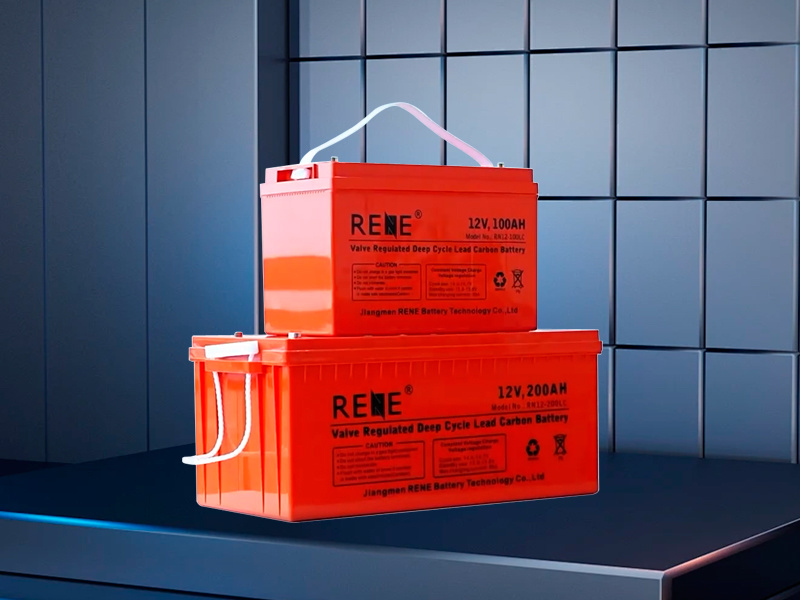Jiangmen Rene Battery Technology Co., Ltd.
Unlocking the Secrets of Motorcycle Ignition Batteries in China
2025-07-26
Unlocking the Secrets of Motorcycle Ignition Batteries in China Table of Contents 1. Introduction to Motorcycle Ignition Batteries 2. Importance of Motorcycle Ignition Batteries in China 3. Types of Motorcycle Ignition Batteries 3.1 Lead-Acid Batteries 3.2 Lithium-Ion Batteries 3.3 Gel Batteries 4. Maintenance Tips for Mot

Unlocking the Secrets of Motorcycle Ignition Batteries in China
Table of Contents
- 1. Introduction to Motorcycle Ignition Batteries
- 2. Importance of Motorcycle Ignition Batteries in China
- 3. Types of Motorcycle Ignition Batteries
- 4. Maintenance Tips for Motorcycle Ignition Batteries
- 5. Common Issues with Motorcycle Ignition Batteries
- 6. Innovations in Motorcycle Ignition Battery Technology
- 7. Market Trends for Motorcycle Batteries in China
- 8. Conclusion
- 9. FAQs about Motorcycle Ignition Batteries
1. Introduction to Motorcycle Ignition Batteries
Motorcycle ignition batteries serve as the heart of the electrical system, providing the necessary power to start the engine and support various electronic components. In China, the motorcycle market is expanding rapidly, making it essential for riders and manufacturers alike to understand the dynamics surrounding motorcycle ignition batteries.
Motorcycles in China are not just a means of transportation; they represent a lifestyle and an essential part of urban mobility. Therefore, knowing the ins and outs of motorcycle batteries can lead to more informed decisions, improved performance, and ultimately a better riding experience.
2. Importance of Motorcycle Ignition Batteries in China
The significance of motorcycle ignition batteries in China cannot be overstated. As one of the largest motorcycle markets globally, the demand for reliable and efficient ignition batteries is soaring. These batteries not only power the ignition system but also support lighting, instrumentation, and electronic accessories, making them crucial for safety and convenience.
Moreover, with increasing environmental awareness, the shift towards eco-friendly battery technologies plays a vital role in promoting sustainable transportation. Understanding the importance of these batteries helps manufacturers innovate and meet consumer demands effectively.
3. Types of Motorcycle Ignition Batteries
When it comes to motorcycle ignition batteries, there are several types available, each with its own set of advantages and disadvantages. It's essential to choose the right type based on usage, performance needs, and environmental conditions.
3.1 Lead-Acid Batteries
Lead-acid batteries are the most common type used in motorcycles, primarily due to their affordability and reliability. They consist of lead plates submerged in a sulfuric acid solution, providing a stable voltage output. However, they require regular maintenance and have a limited lifespan compared to newer technologies.
3.2 Lithium-Ion Batteries
Lithium-ion batteries are gaining popularity due to their lightweight nature and higher energy density. They provide a longer lifespan and faster charging times compared to lead-acid batteries. However, they come with a higher price tag and require specific charging systems to ensure their longevity.
3.3 Gel Batteries
Gel batteries are a type of sealed lead-acid battery that uses a silica gel to immobilize the electrolyte. This design makes them resistant to leakage and vibration, making them suitable for off-road motorcycles. While they offer a longer lifespan than traditional lead-acid batteries, they are generally more expensive.
4. Maintenance Tips for Motorcycle Ignition Batteries
Proper maintenance is crucial for extending the life of your motorcycle ignition battery. Below are some key tips to ensure optimal performance:
1. **Regular Inspections**: Check the battery terminals for corrosion and ensure they are tightly secured.
2. **Keep It Clean**: Clean the battery casing with a damp cloth to remove dirt and debris that can cause overheating.
3. **Charge Regularly**: Ensure your battery is charged, especially during off-seasons, to avoid deep discharges that can damage the battery.
4. **Monitor Fluid Levels**: For lead-acid batteries, regularly check the electrolyte levels and top up with distilled water as necessary.
5. **Temperature Management**: Store your motorcycle in a temperature-controlled environment to prevent extreme heat or cold from affecting battery performance.
5. Common Issues with Motorcycle Ignition Batteries
Despite proper maintenance, motorcycle ignition batteries can face various issues. Here are some common problems and their solutions:
- **Deep Discharge**: This occurs when the battery is drained beyond its limit. Regular charging can prevent this scenario.
- **Sulfation**: Lead-acid batteries can develop sulfation, which reduces capacity. Occasional equalization charging can help mitigate this.
- **Corrosion**: Corrosion on terminals can lead to poor connectivity. Regular cleaning and applying a terminal protector can help.
- **Age-Related Decline**: Most batteries have a lifespan of 2-5 years. Timely replacement is necessary to avoid performance issues.
6. Innovations in Motorcycle Ignition Battery Technology
Advancements in technology are constantly reshaping the landscape of motorcycle ignition batteries. Here are some notable innovations:
- **Smart Battery Management Systems (BMS)**: These systems monitor battery health and performance, optimizing charging cycles and extending lifespan.
- **Ultra-Fast Charging Technologies**: New developments allow lithium-ion batteries to charge significantly faster, providing convenience for riders on the go.
- **Recyclable Materials**: Manufacturers are increasingly using recyclable materials, promoting sustainability in battery production.
7. Market Trends for Motorcycle Batteries in China
The motorcycle battery market in China is witnessing a significant transformation. Here are some trends shaping the industry:
1. **Rise of Electric Motorcycles**: With the government pushing for greener transportation, electric motorcycles are becoming more popular, leading to increased demand for advanced battery technologies such as lithium-ion.
2. **E-commerce Growth**: Online sales of motorcycle batteries are increasing, making it easier for consumers to access a wide range of products and brands.
3. **Focus on Quality and Warranty**: Consumers are becoming more quality-conscious, often looking for batteries with longer warranties and proven performance records.
8. Conclusion
Understanding motorcycle ignition batteries is crucial for riders in China to ensure a safe and enjoyable riding experience. From the various types of batteries available to the importance of proper maintenance, knowledge empowers consumers to make informed decisions. As the market evolves with new technologies and trends, staying updated will enable riders to take advantage of innovations that enhance battery performance and longevity.
9. FAQs about Motorcycle Ignition Batteries
Q1: How often should I replace my motorcycle ignition battery?
A1: Generally, motorcycle ignition batteries should be replaced every 2-5 years, depending on usage and maintenance.
Q2: Can I use a car battery for my motorcycle?
A2: It is not advisable to use a car battery in a motorcycle due to differences in size, voltage, and design.
Q3: What is the best way to charge a motorcycle battery?
A3: The best method is to use a smart battery charger that can automatically adjust the charging rate and prevent overcharging.
Q4: How can I extend the life of my motorcycle battery?
A4: Regular maintenance, proper charging practices, and storing the battery in a suitable environment can help extend its lifespan.
Q5: What should I do if my motorcycle battery won't hold a charge?
A5: If your motorcycle battery doesn't hold a charge, it may be time for a replacement, or you may need to check for issues with the charging system or connections.
By educating ourselves on the intricacies of motorcycle ignition batteries, we can ensure a smoother, more reliable riding experience while contributing to the growth and sustainability of the motorcycle industry in China.
Key words:
Previous Page:














